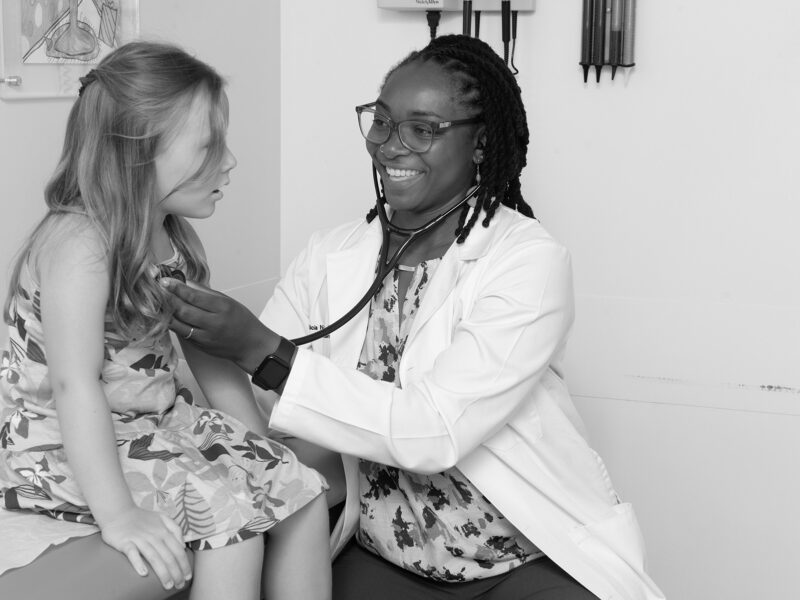Self-Harm Risk Among Youth With First-Episode Psychosis
Self-Harm Risk Among Youth With First-Episode Psychosis https://pediatricsnationwide.org/wp-content/uploads/2020/09/Boy-backpack-header-1024x575.gif 1024 575 Mary Bates, PhD Mary Bates, PhD https://secure.gravatar.com/avatar/c6233ca2b7754ab7c4c820e14eb518c8?s=96&d=mm&r=g- June 06, 2022
- Mary Bates, PhD

Study narrows down period of acute risk and finds shared and unique risk factors among adolescents and young adults.
Although it is known that young people with psychosis are at an elevated risk for suicide and suicide-related behavior, it has not been clear which patients are at the most risk and when.
In a new study, researchers used Ohio Medicaid data to identify risk factors for suicide and deliberate self-harm (a strong predictor of suicide among people with psychosis) among adolescents and young adults with first-episode psychosis. They looked at potential risk factors including demographic variables, clinical factors such as psychiatric and medical comorbidities, and prior history of deliberate self-harm. In addition, the researchers assessed the influence of developmental stage at the time of diagnosis by analyzing the data in two cohorts: adolescents and young adults.
Overall, the researchers found a number of risk factors associated with deliberate self-harm, many of which agree with previous research findings.
“The strongest risk factor, which is consistent with the prior literature, is having a history of deliberate self-harm or self-injury,” says Cynthia Fontanella, PhD, principal investigator at Center for Suicide Prevention and Research at Nationwide Children’s and one of the study’s authors. “We also found that psychiatric and medical comorbidities, history of child abuse or neglect, and prior mental health care were associated with increased risk for suicide and deliberate self-harm.”
Another important result is the refinement of the period of risk in this population, says Aubrey Moe, PhD, a clinical psychologist and assistant professor of psychiatry and behavioral health at The Ohio State University Wexner Medical Center and the lead author of the study. Previous research suggested that risk for suicide and deliberate self-harm is highest during the first few years following psychosis onset.
“We actually found that the first three to six months is the most acute risk phase for young people to engage in these behaviors,” says Dr. Moe. “Across the sample this was a period of elevated risk and we found that was particularly true for the young adults.”
The researchers found other differences among adolescents and young adults. Young adults tended to engage in deliberate self-harm significantly sooner during follow-up than adolescents. And while female sex was associated with increased risk in adolescents, this was not the case in young adults.
“It’s a reminder to clinicians that there are many factors that can impact suicide and deliberate self-harm in these cohorts, but if they consider the developmental stage of the person there may be some variables that are more impactful than others,” says Dr. Moe.
The findings also underscore the need for early intervention to prevent suicidal behavior, particularly during the months after the initial diagnosis, says Dr. Fontanella, who is also an associate professor in the Department of Psychiatry at The Ohio State University College of Medicine.
“In those first three months after diagnosis, along with medication and psychotherapy, there should be other cognitive behavioral therapy interventions geared toward reducing suicide risk specifically,” she says.
Reference:
Moe AM, Llamocca E, Wastler HM, Steelesmith DL, Brock G, Bridge JA, Fontanella CA. Risk Factors for Deliberate Self-harm and Suicide Among Adolescents and Young Adults With First-Episode Psychosis. Schizophr Bull. 2022 Mar 1;48(2):414-424. doi: 10.1093/schbul/sbab123.
About the author
Mary a freelance science writer and blogger based in Boston. Her favorite topics include biology, psychology, neuroscience, ecology, and animal behavior. She has a BA in Biology-Psychology with a minor in English from Skidmore College in Saratoga Springs, NY, and a PhD from Brown University, where she researched bat echolocation and bullfrog chorusing.
-
Mary Bates, PhDhttps://pediatricsnationwide.org/author/mary-bates-phd/December 27, 2016
-
Mary Bates, PhDhttps://pediatricsnationwide.org/author/mary-bates-phd/
-
Mary Bates, PhDhttps://pediatricsnationwide.org/author/mary-bates-phd/
-
Mary Bates, PhDhttps://pediatricsnationwide.org/author/mary-bates-phd/






